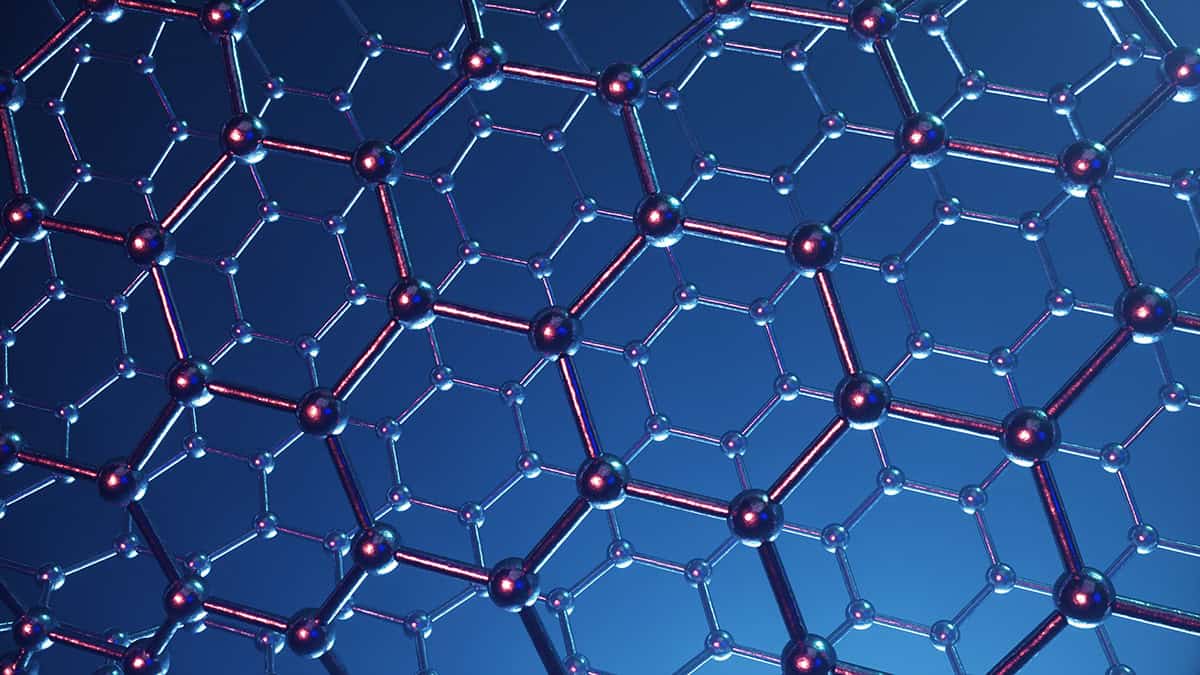Physicsworld
2w
273

Image Credit: Physicsworld
Quantum twisting microscope measures phasons in cryogenic graphene
- Researchers adapted the quantum twisting microscope to operate at cryogenic temperatures, enabling the observation of phasons in twisted bilayer graphene for the first time.
- Phasons are specific modes of phonons that impact electron dynamics in materials like graphene, influencing properties from semiconductor to superconductor.
- The quantum twisting microscope allows precise control over the relative orientation of two graphene surfaces, aiding in the study of electron behavior.
- Phasons involve lattice oscillations in one layer that are out of phase with oscillations in the layer above, affecting electron transfer between the layers.
- By operating at cryogenic temperatures, researchers confirmed the coupling of phasons to electrons in twisted bilayer graphene, shedding light on 'strange metals'.
- The quantum twisting microscope offers a unique way to visualize phonons in moiré systems, providing insights into electron-phonon coupling.
- Researchers were able to measure the increase in phason coupling as the layers of twisted bilayer graphene approached alignment, as predicted by theory.
- Operating at cryogenic temperatures presented technical challenges, but allowed for the quantification of electron-phonon coupling strengths in graphene.
- The study, described in Nature, marks a significant advancement in condensed matter physics, with potential for further research at the magic angle of 1.1° in graphene superconductivity.
- Experts not involved in the research view it as interesting and groundbreaking, anticipating more significant results to come from low-temperature quantum twisting microscope research in graphene.
Read Full Article
16 Likes
For uninterrupted reading, download the app